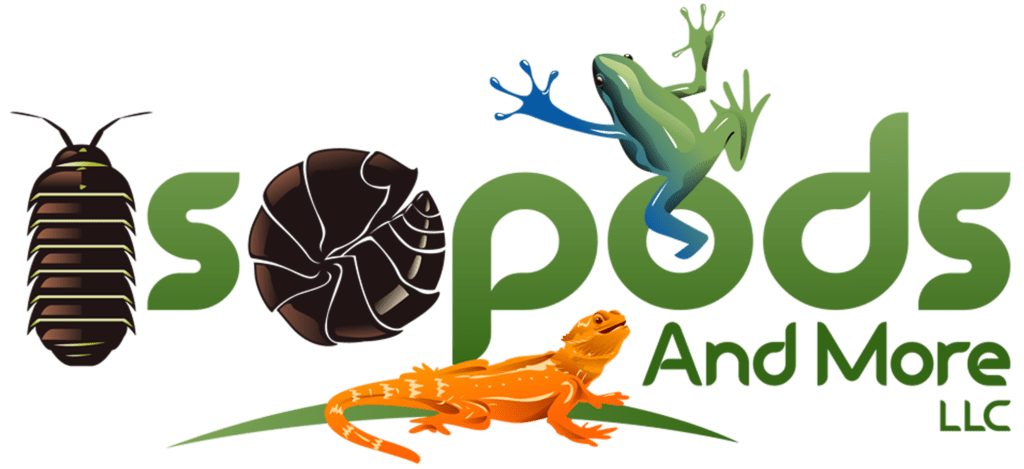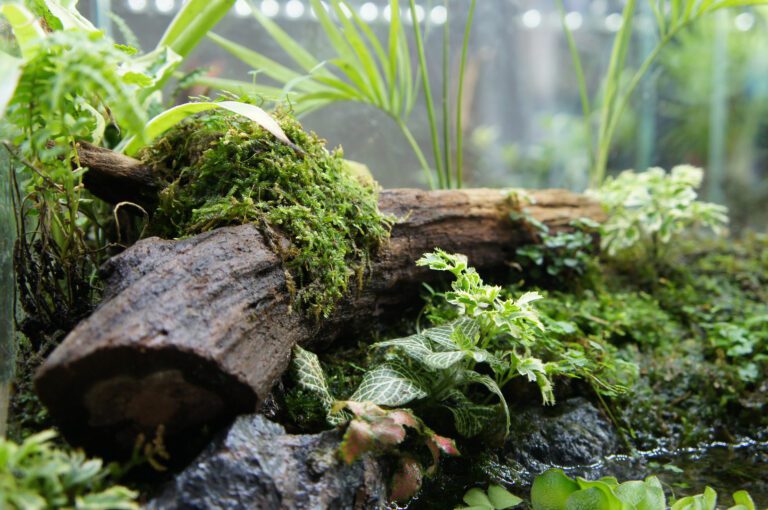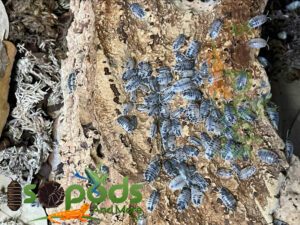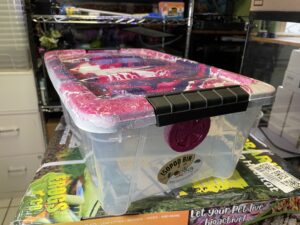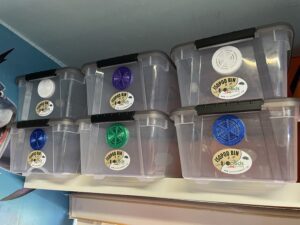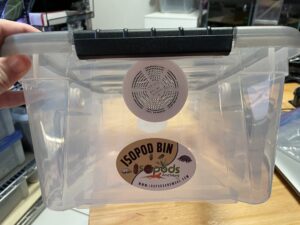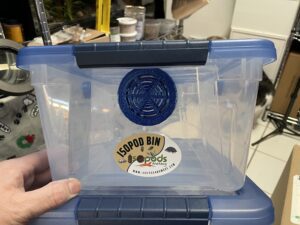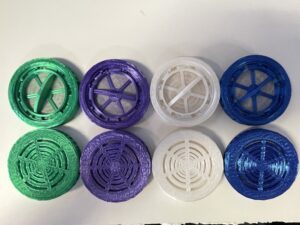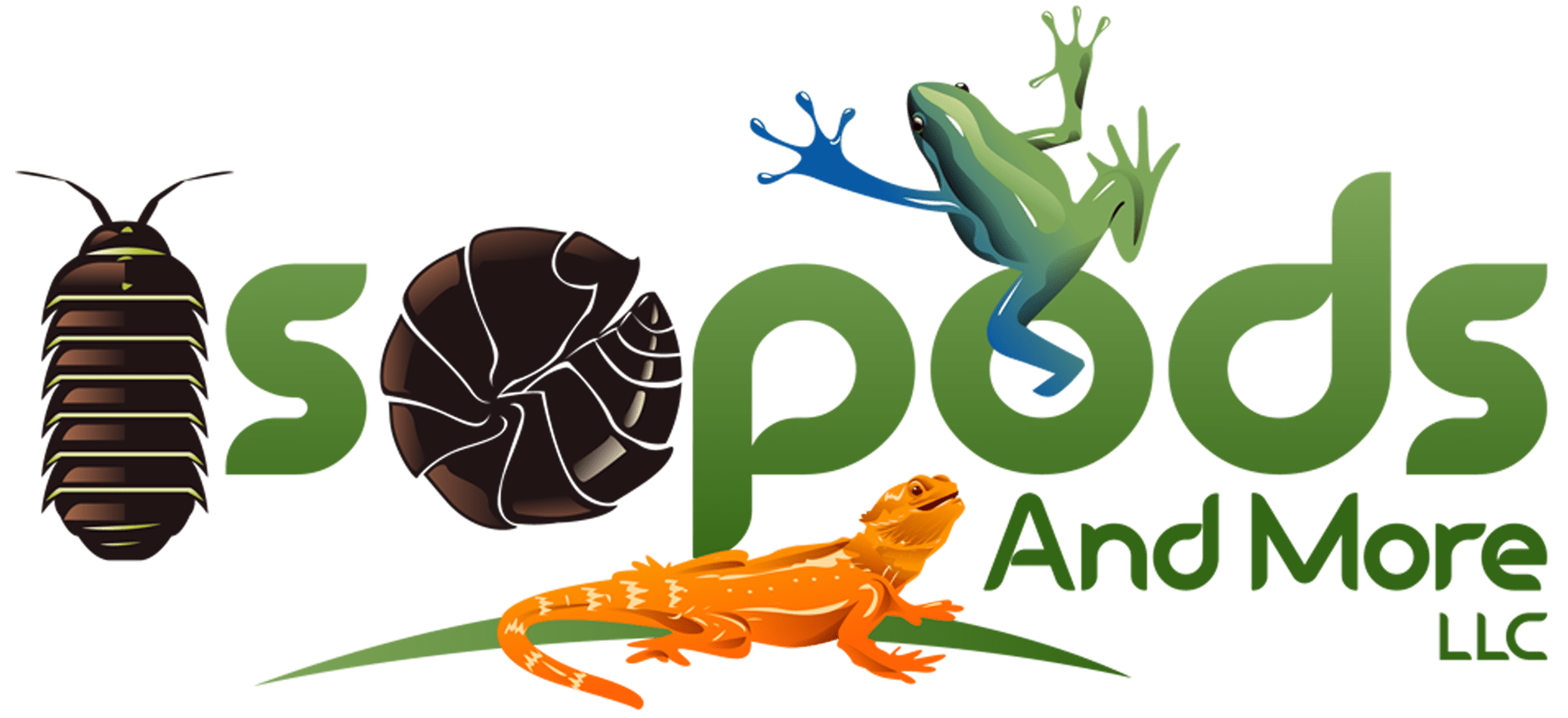Isopod Care Guide
There is a growing popularity among terrarium enthusiasts who wish to keep isopods as pets. These oval-shaped invertebrates can be found all over the world, across multiple types of climates, and come in over 50,000 species.
Despite their diversity, all these species have some common characteristics, diet, care, and maintenance practices. Most people like keeping them around because they require minimal effort to care for and their role as biological cleaners. If you are thinking about getting isopods but don’t know the first thing on how to take care of them, then read on because this article is a one-stop shop.
What are Isopods
Isopods are marine invertebrates in the order of crustaceans, and their relatives include woodlice. However, they can live in fresh water, land, or sea. Whether their habitat is land or sea, isopods need moisture to prevent their gills and lungs from drying out. Although they look like bugs or insects, isopods are more closely related to crabs, lobsters, and shrimps.
They have a rigid and segmented exoskeleton, seven pairs of jointed limbs on their thorax, five pairs of branching appendages on their abdomen, and two pairs of antennae. The limbs on their abdomen are mainly used for respiration.
Isopods can be carnivores, detritivores, herbivores, etc. Some of them are predators and act as internal or external parasites to marine animals like fish. They feed on anything from decaying plants and animals to grazing on aquatic vegetation. The reason they are called microfauna, clean-up crew, or custodians is that they are filter feeders. Filter feeding involves straining water through specialized filters in their bodies to retrieve suspended food particles.
The reason they are recommended for use in a bioactive vivarium. They help clean up the waste left behind by reptiles, amphibians, or any other plants and animals placed in that enclosure with them.
These colourful microfaunae reproduce differently based on their species. However, it all comes down to a mating process between the male and a female, which results in the production of fertilised eggs carried in a pouch under the thorax by the female.
Where Do They Come From
Iso-pods are documented to exist since 300 million years ago. This information is found from their fossil records formed during the Carboniferous period of the Paleozoic era. At that time, iso-pods were mainly primitive and short-tailed members of the Phreatoicidea and were marine organisms.
Now, the short-tailed-isopods have a short pleotelson and terminal, stylus-like uropods and live sedentary lives on or beneath the seafloor sediment. In contrast, the Long-tailed-isopods have a long pleotelson and broad lateral uropods that allow them to swim.
The more evolved long-tailed-isopods are primarily found in the southern hemisphere. They may have progressed on the ancient supercontinent Gondwanaland shortly after it split from Laurasia 200 million years ago. They are much more active and can jump off the seafloor and swim for short distances. The increase in predators from other aquatic animals, such as fish, their primary predators, may have driven the short-tailed-isopods out of the shallow seas where they lived.
The evolution of the long-tailed-isopods might have played a role by providing competition for resources forcing the short-tailed forms into microhabitats. The latter is now limited to the deep sea, freshwater, groundwater, and dry land environments. Currently, more than half of their species are found in the deep sea, while the rest have evolved to live in dry land and sea.
How To Set Up Your Habitat
Once you have received your iso-pods, it’s time to make a habitat before you transfer them to your bioactive vivarium. Immediately after they arrive in their shipment box, spray a bit of natural spring water on the paper towel to ensure they don’t die from desiccation. Preparing a habitat allows them to culture and increase in number. Isopods-reproduce within two weeks to one month.
A suitable habitat consists of a plastic container with a lid. The recommended size for the box is a shoe-size fit. This makes it large enough to have a moist and a dry side and small enough to encourage breeding. Create ventilation holes on the sides or plastic lids to promote aeration. This discourages the growth of molds and bacteria. However, if the ventilation on the sides of the box is adequate, then there is no need to puncture holes on the lid.
Since terrestrial-isopods mainly live in soil, you will require some for the habitat. Place about 3 cm of moistened pot soil into the plastic container. The next layer will be approximately 5 cm of leaf litter, compost, or hardwood mulch. Ensure that none of these has been chemically treated or has any chemicals in them.
Empty the contents of the shipping container, including the paper towel, as the next layer. If the iso-pods have not all been dislodged from the paper towel, you can lightly crumple it and leave it inside the box. Spray the container’s inside with more water to moisten it before replacing the lid.
You can always adjust the size of the container to accommodate the growing population before transferring them to your bioactive enclosure.
How To Maintain-Isopods in a Live Vivarium With Predators
Iso-pods are a delicious snack for reptiles and amphibians. However, their job is not to provide food for these animals but to maintain a particular environment in the vivarium. If they keep getting preyed on, they will not have the numbers to sustain the ecological needs of your enclosure.
Keep your inhabitants or other animals in the enclosure well fed to ensure this does not happen. However, there are some species of animals that heavily prey on-isopods regardless of this measure. Animals like Dart Frogs have been known to primarily consume-isopods and dwindle their population. In this case, it would be advisable to periodically introduce a starter culture of microfauna to keep the numbers high.
Keeping a healthy population-of-isopods would be advisable if your enclosure has particularly large organisms. Larger organisms create more significant amounts of waste, requiring more work to clean up. If you only have a handful of microfauna doing the job, you risk waste accumulation and, therefore, fungal infestation in your enclosure.
Diet and Nutrition
Despite the differences in species, iso-pods have a one size fits all approach to food. They are mainly detritivores which means they consume dead or decaying matter. They are also carnivores, grazers, parasites, and filter feeders. They may occupy one or more of these ecological niches in a food pyramid.
Isopods-generally digest cellulose as their primary source of energy. This is why keeping leaf litter and hardwood mulch in your terrarium is essential. Ensure the leaves have been sterilized by exposing them to a temperature of 200 degrees F for 30 minutes. If this seems too much work, you can buy some ready to go. When selecting wood for your iso-pods, always go for soft woods such as cork bark or anything that will quickly decompose in a humid environment. You can also introduce a bioactive substrate such as organic compost. Although plants mainly use them, isopods-enjoy them too.
Like human beings, the food combination matters. To ensure a healthy population, you must feed your iso-pods a balanced diet. Ensure their food contains a protein source, calcium, and a variety of vitamin sources. This can be done by introducing fruits and vegetables, egg shells, cuttlefish bones, shrimp, etc., to their litter. However, don’t go overboard with the food, as it will likely go to waste or become mouldy. Remove any food substances from the enclosure as soon as they exhibit signs of moulding.
A more accessible source of a balanced diet for your iso-pods would be to purchase commercially packaged foods that contain all the necessary nutrients. Isopod-cereal from our stores has the nutritional values required to guarantee a healthy population-of-isopods.
Temperature, Humidity, and Moisture
Isopods don’t require much in the name of maintenance. But some environmental conditions must be maintained to ensure they thrive in their new habitat.
The soil should always be moist to ensure the isopods don’t dry out. Since moisture and humidity go hand in hand, a humid environment is guaranteed by the moisture content of the soil in your habitat.
Ensure you place your container away from direct sunlight. Exposure to sunlight tends to dry up the soil rapidly. Since the enclosure is made of plastic, the sun will also increase the internal temperatures due to the greenhouse effect. The ideal temperature of your container should be maintained at 68-72 degrees F.
Conclusion
Isopods are an exciting species to have in your terrarium. They can be kept as pets or introduced to an environment engineered to study their ecological responsibilities. These creatures can be as tiny as one inch long, while some species can grow up to 16 inches. Ensure you wash your hands before and after handling these microfaunae.
